Copyright 2018 by the Institute for Creation Research. All rights reserved. No portion of this book may be used in any form without written permission of the publisher, with the exception of brief excerpts in articles and reviews. For more information, write to Institute for Creation Research, P. O. Box 59029, Dallas, TX 75229.
All Scripture quotations are from the New King James Version.
Printed in the United States of America.
One
What is recent creation?
Genesis 111 stands as one of the most controversial sections of Scripture, let alone that it is the foundation of the rest of the Bible. However, a growing amount of research supports the literal six-day creation account and has led some scientists to develop the young-earth creation model. A scientific overview of this model can be divided into four parts: Creation, the Antediluvian Period, the Flood, and the Babel Dispersion.
Creation. The creation model states that an all-powerful Creator brought the universe into existence around 4000 B.C. The entire universespace, matter, and timewas created in an instant. This included the earth along with its core, mantle, magnetic eld, and most of the Precambrian rock layers. Geologic processes such as oceanic rifts and sea floor deposition may have begun at this time. Light and darkness were created to provide the timeframes of the creation days, and the earth may have begun to rotate on its axis. The waters were separated, creating Earths seas and atmosphere. A supercontinent was lifted out of the water, and vegetation began to grow. Then the rest of the universe came into existence by the Creators spoken word: stars, planets, galaxies, black holes, etc. It was at this time that Earth began to orbit the sun. Aerial, marine, and land creatures were created according to their kinds, not species. Finally, a fully mature human couple was created to watch over their lush home planet. All of this took place within the first six days of the universes existence.
Antediluvian Period. Many mythologies refer to a golden age of humanity prior to a devastating flood, and the creation model states that it lasted around 1,650 years. In natural terms, it was indeed a golden age. Earths environments were calm and lush, and this allowed humans and animals to grow bigger and live longer. Massive creatures such as giant sloths and sauropods lived at the same time as humans. However, in spiritual terms it was a time of corruption. Humans warred with each other and embraced evil. It led to Gods judgment and flooding of the world.
The Flood. The world flooded around 2350 B.C. A man named Noah loaded his family and all types of land creatures on the Ark and rode out the destruction. The Flood began with the opening of huge rifts in the crust. As the crustal plates began to move, they sent huge surges of water over the continent. These surges buried creatures in the order of their living environments, from lowest elevation to highest, and caused most of the fossil record. Subduction of tectonic plates caused the supercontinent to break apart, uplifting ocean crust and pushing water even higher across the continents. In some places, the pieces of the supercontinent slammed together and pushed up many of the mountains we see today. As the floodwaters abated, they flowed off the newly made continents, creating huge deposits of clay and sand. This global drowning created ideal conditions for a widespread Ice Age that lasted perhaps 500 years. Noahs boat landed on the Ararat mountains, and human civilization restarted from eight people.
Babel Dispersion. Civilization quickly grew, but the people stayed together in one place (perhaps somewhere around Mesopotamia) and built a city called Babel. They spoke one language and were one people group. However, they were scattered from this location, developed the original 70 languages, and spread across the earth. Their descendants remembered the Creation, Antediluvian Period, the Flood, and the Babel Dispersion and incorporated these stories into their cultural histories.
Days of Creation
Day 1: Creation of space, time, matter, Earth, light, and darkness.
Day 2: Separation of the sea and atmosphere.
Day 3: Creation of the supercontinent and vegetation.
Day 4: Creation of the sun, moon, and stars.
Day 5: Creation of birds and marine animals according to their kinds.
Day 6: Creation of land animals according to their kinds and humans.
Effects of the Flood
1. Continents: The Flood broke apart the supercontinent into todays continents.
2. Mountains: Where the continents slammed together, they pushed up todays mountains.
3. The Fossil Record: Most of the fossil record is a result of the Flood. The order of the fossils shows the order of their catastrophic burial.
4. Sedimentary Layers: Along with the fossil record, the Flood formed most of Earths sedimentary layers.
5. The Ice Age: The Flood caused a global Ice Age that lasted about 500 years.
Creation Timeline (rounded dates/estimates)
4000 B.C. Creation
40002350 B.C. Antediluvian Period
2950 B.C. Birth of Noah
2450 B.C. Noah builds Ark
2350 B.C. The Flood
23501800 B.C. The Ice Age
2200 B.C. Babel Dispersion
2150 B.C. Birth of Abraham
2000 B.C. Abraham travels into Egypt
Year 0 Birth of Christ
Two
Why does popular science believe in old ages?
The Young Earth
It was shortly after the death and resurrection of Christ around A.D. 33 that a literal reading of Genesis began to be questioned. Skeptics included such theologians and philosophers as Augustine of Hippo, Origin, and Basil the Great.
However, this skepticism did not enter the scientific realm until the 18th century, when James Hutton proposed the theory of uniformitarianism. This theory states that all of Earths geological features can be explained by the slow and gradual processes we observe today. Many geologists immediately accepted his theory and began to interpret geological features assuming that they took millions of years to form. In the 19th century, Charles Lyell popularized uniformitarianism with his bestseller Principles of Geology. To accommodate these scientific theories, theologians began to suggest that perhaps Noahs Flood was local instead of global, or perhaps it was a tranquil global flood and didnt cause any geological disturbances. In 1913, Arthur Holmes proposed radiometric dating, which seemed to hammer the last nail in the confirm a recent creation.
Belief in an old earth seems to be rooted in centuries of scientific thought, but does that mean its true? One college professor didnt think so. His name was Henry Morris, the chair of Civil Engineering at Virginia Tech. He thought the Genesis Flood might be able to explain Earths geological formations and the fossil record. He did doctoral studies in hydraulic engineering to investigate the issue further.


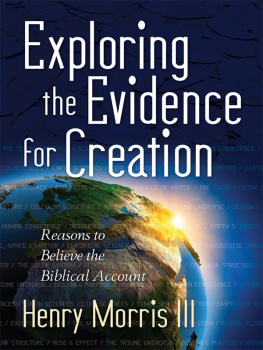
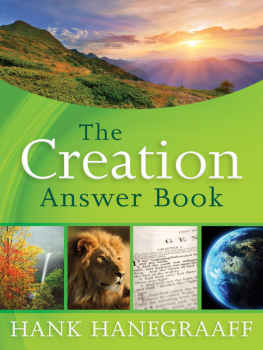
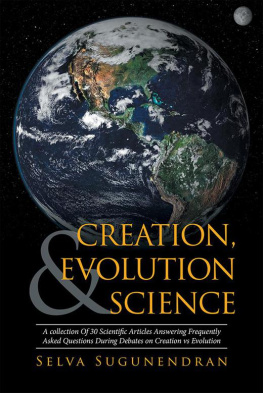




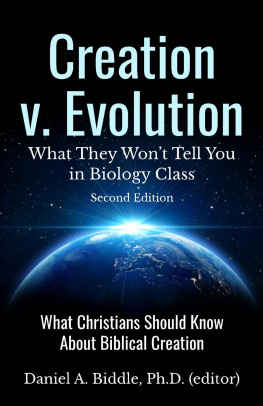
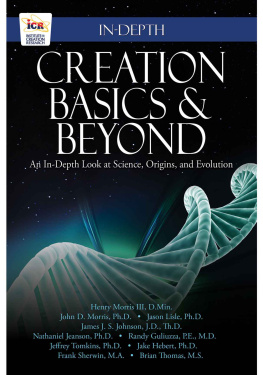
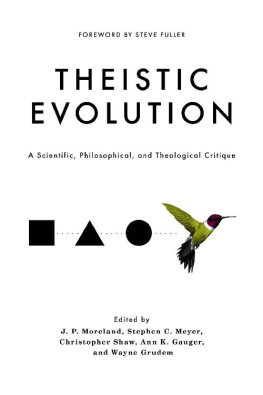
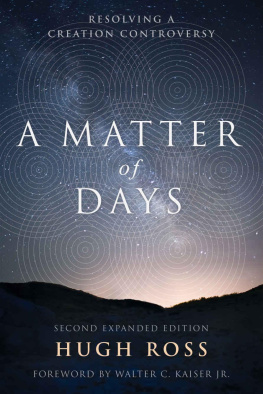
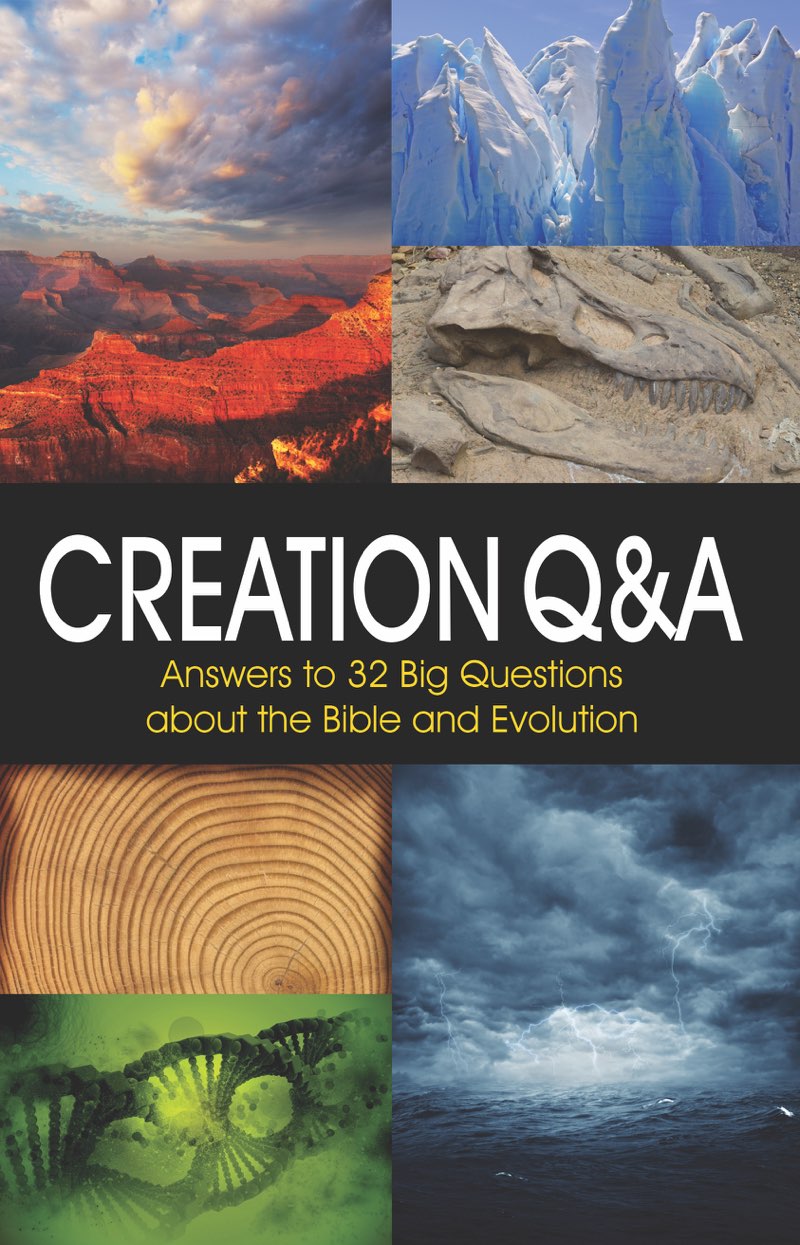
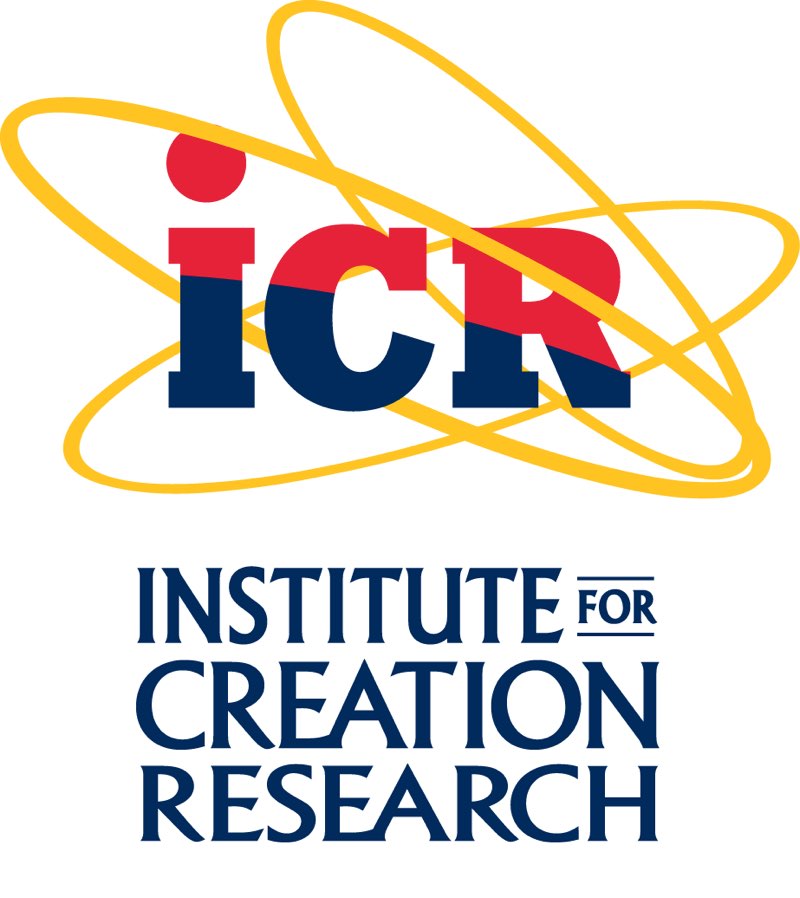
 Created with Vellum
Created with Vellum